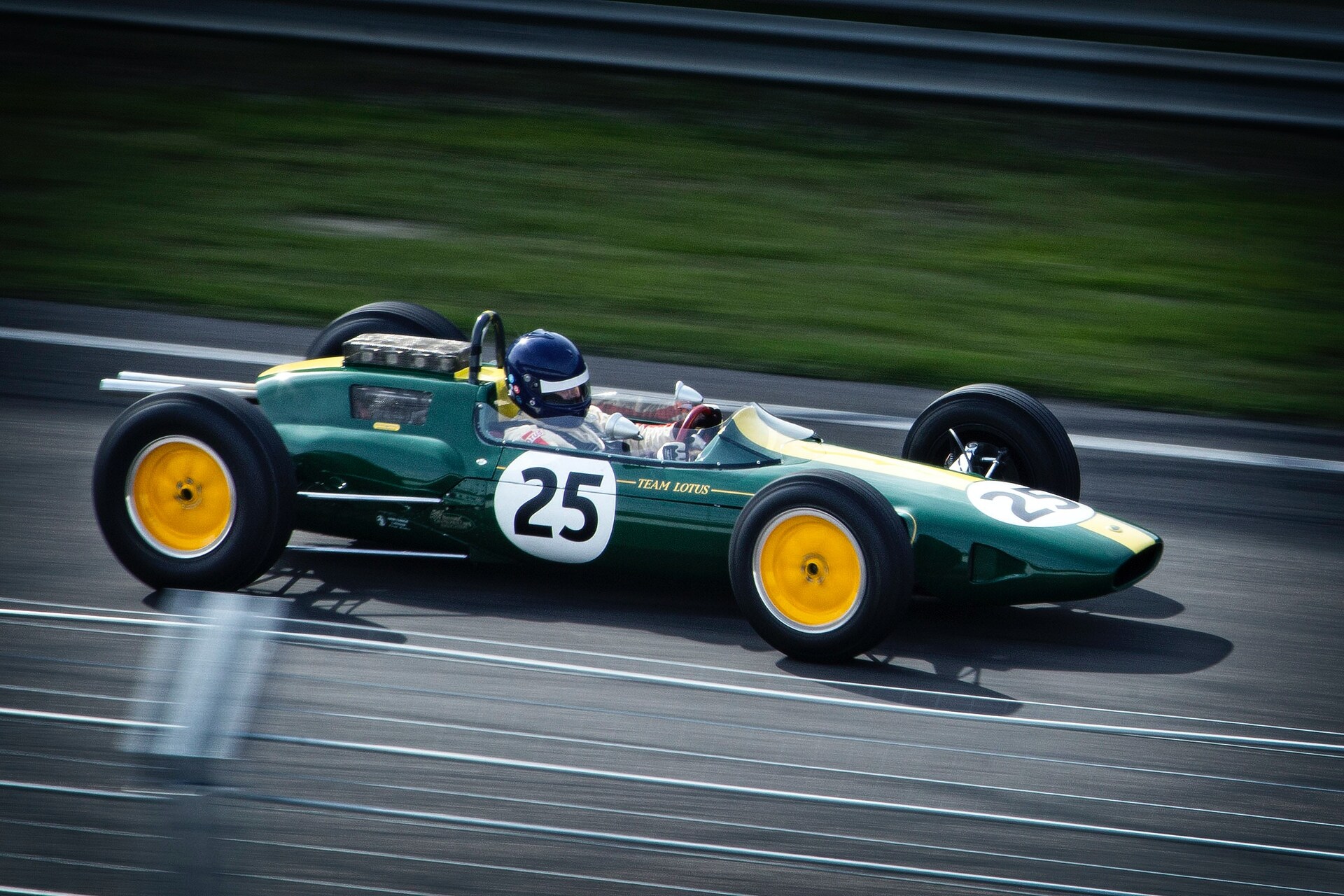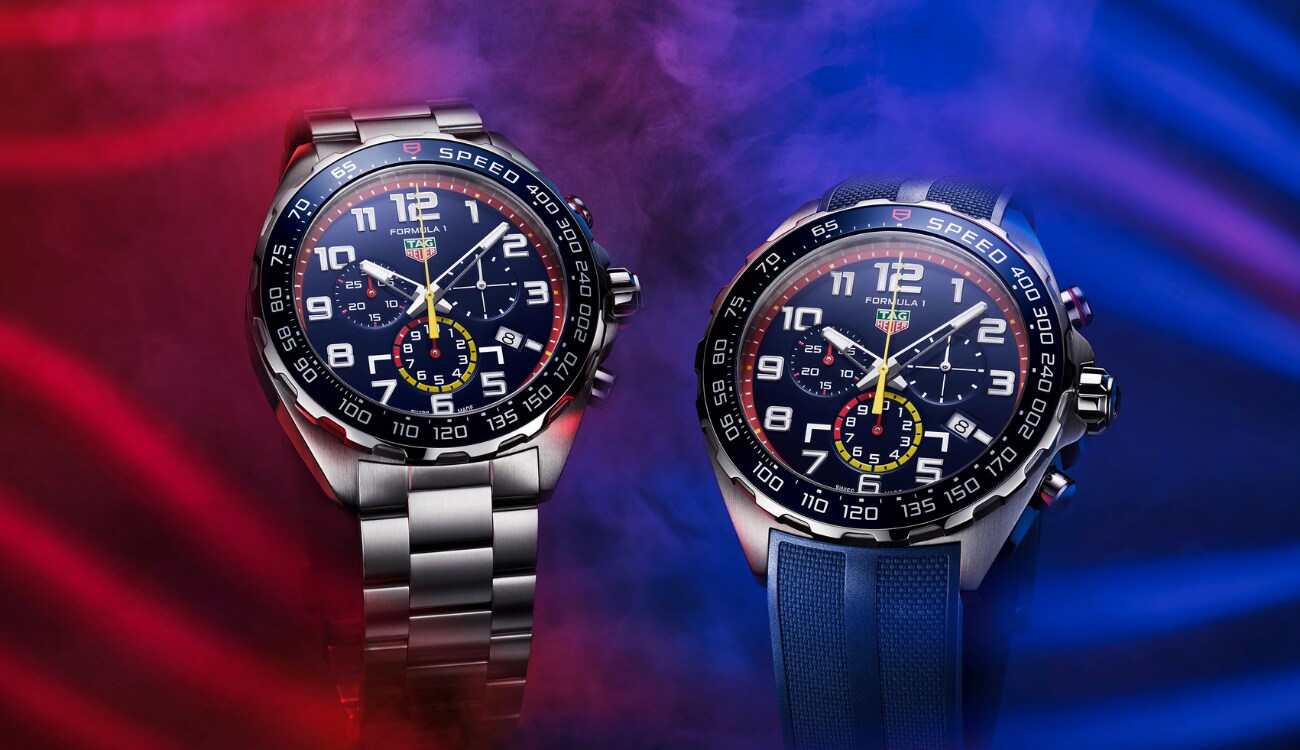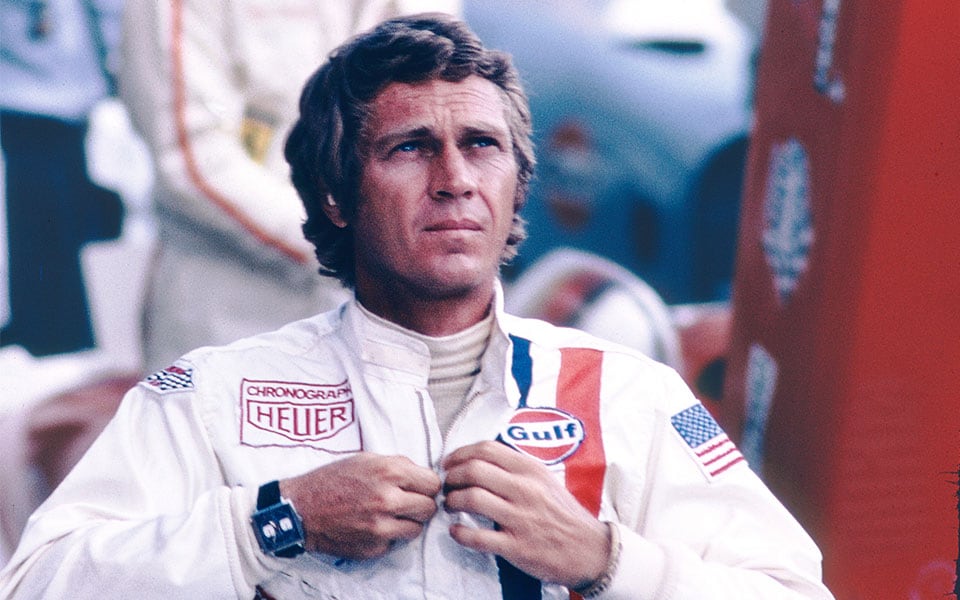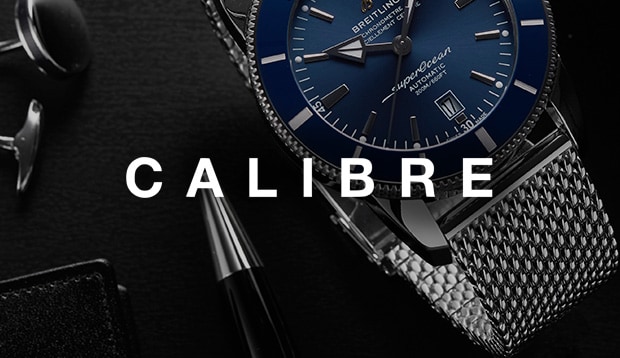-
SALE
Sale JewellerySale WatchesBy Price
-
Diamonds
By Category
-
Engagement
By Category
-
Weddings
Featured
- Jewellery
By CategoryBy Metal TypeBy GemstoneBy BrandBy Edit- Watches
By CategoryBy CollectionBy Luxury BrandBy Designer Brand- Rolex
FeaturedBy Collection- Rolex Certified Pre-Owned
- Brands
FeaturedBrands A-Z- Gifts
By CategoryBy PriceBy Popular Brand- Pre-Owned
By Brand- Sell Your Watch
Sell your watchWe will expertly assess your watch and offer you
a competitive and accurate valuation for the
watch you wish to sell to us.Free Instant Valuation
Drop off at any Showroom
Unrivalled Knowledge & Expertise- Editorial
- Jewellery
- Shop by Category
- SALE
- Diamonds
- Engagement Rings
- Weddings
-
Jewellery
- Back
- Jewellery Offers
- Shop All Jewellery
- Jewellery Home
- By Category
- By Metal Type
- By Gemstone
-
By Brand
- 886 by The Royal Mint
- Amor
- Bijoux Birks
- BOSS
- Calvin Klein
- Chopard
- Emporio Armani
- Fabergé
- FOPE
- FRED
- Georg Jensen
- Goldsmiths
- Gucci
- Jenny Packham
- Kiki McDonough
- Lauren By Ralph Lauren
- Mappin & Webb
- Marco Bicego
- MARIA TASH
- Messika
- Michael Kors
- Olivia Burton
- Pasquale Bruni
- Pomellato
- Repossi
- Roberto Coin
- Skagen
- Susan Caplan
- SUZANNE KALAN
- SWAROVSKI
- Ted Baker
- THOMAS SABO
- Tommy Hilfiger
- By Edit
-
Watches
- Back
- Watch Offers
- Shop All Watches
- Watches Home
- By Category
- By Collection
-
By Luxury Brand
- Rolex
- Rolex Certified Pre-Owned
- BALL
- Bamford
- Baume & Mercier
- Bell & Ross
- Blancpain
- Breitling
- Bremont
- Cartier
- CHANEL
- Chopard
- DOXA
- Frederique Constant
- Girard-Perregaux
- Glashütte Original
- Grand Seiko
- Gucci
- Hublot
- ID Genève
- IWC Schaffhausen
- Jaeger-LeCoultre
- Junghans
- Keris
- Longines
- MeisterSinger
- Montblanc
- Nivada Grenchen
- NOMOS Glashütte
- NORQAIN
- OMEGA
- Oris
- Panerai
- Piaget
- Rado
- RAYMOND WEIL
- TAG Heuer
- TUDOR
- Ulysse Nardin
- ZENITH
- By Designer Brand
- Rolex
- Rolex Certified Pre-Owned
-
Brands
- Back
- View All Brands
-
A-Z
- Rolex Watches
- Rolex Certified Pre-Owned
- 886 by The Royal Mint
- Accurist
- Amor
- Arnold & Son
- BALL
- Bamford
- Baume & Mercier
- Bell & Ross
- Blancpain
- Bijoux Birks
- BOSS
- Breitling
- Bremont
- BVLGARI
- Casio
- Calvin Klein
- Cartier
- Certina
- CHANEL
- Chopard
- Citizen
- Czapek
- DOXA
- Emporio Armani
- Encelade 1789
- Fabergé
- FOPE
- FRED
- Frederique Constant
- Garmin
- Georg Jensen
- Gerald Charles
- Girard-Perregaux
- Glashütte Original
- Goldsmiths
- Grand Seiko
- G-SHOCK
- Gucci
- Hamilton
- Hublot
- ID Genève
- IKEPOD
- IWC Schaffhausen
- Jacob & Co
- Jaeger-LeCoultre
- Jenny Packham
- Keris
- Kiki McDonough
- G-SHOCK
- Lauren By Ralph Lauren
- Longines
- Louis Erard
- Mappin & Webb
- Marco Bicego
- MARIA TASH
- Maurice Lacroix
- Michael Kors
- Messika
- Montblanc
- Nivada Grenchen
- NOMOS Glashütte
- NORQAIN
- Olivia Burton
- OMEGA
- Oris
- Panerai
- Parmigiani Fleurier
- Pasquale Bruni
- Piaget
- Pomellato
- QLOCKTWO
- Rado
- RAYMOND WEIL
- Repossi
- Roberto Coin
- Rolex
- Rolex Certified Pre-Owned
- Seiko
- Skagen
- Susan Caplan
- SUZANNE KALAN
- SWAROVSKI
- TAG Heuer
- Ted Baker
- THOMAS SABO
- Tissot
- Tommy Hilfiger
- TUDOR
- Ulysse Nardin
- Vivienne Westwood
- William Wood Watches
- WOLF
- ZENITH
- Gifts
-
Pre-Owned
- Back
- Shop Pre-Owned Watch Sale
- Shop All Pre-Owned
- Pre-Owned Home
- By Category
-
By Brand
- Rolex Certified Pre-Owned
- Pre-Owned Patek Philippe
- Pre-Owned TAG Heuer
- Pre-Owned Cartier
- Pre-Owned Jaeger-LeCoultre
- Pre-Owned Breitling
- Pre-Owned OMEGA
- Pre-Owned Longines
- Pre-Owned Tudor
- Pre-Owned IWC
- Pre-Owned Panerai
- Pre-Owned Blancpain
- Pre-Owned Breguet
- Pre-Owned Chopard
- Pre-Owned Rado
- Pre-Owned Vacheron Constantin
- Pre-Owned Zenith
- Sell Your Watch
- Editorial
- My Account
- Wishlist
- Store Finder
- Book an Appointment
- Help & Support
The Complete Calibre Guide To Racing Watches
The Watches of Switzerland Group | 7 minute read

When an industry’s performance and success runs on high speeds, measuring such pace becomes integral. So much so that haute horology is now synonymous with motorsport and racing.
Accuracy and precision are essential to the sport, and go hand in hand with luxury timepieces. Not simply because of their ability to make such high-level calculations, but because their own DNA shares so much of the skilful and complex engineering required to make them work.
In this guide we’ll be taking a look at what defines a racing watch, the history behind them, and how to choose one that’s most suited for you.
What Is A Racing Watch?
Take away the ability to track lap and race times and motor racing is no longer a sport. The driving skill, the engineering expertise, the very bones of what makes it a competition, disappears. Here, timekeeping is fundamental and achieved with a wristwatch that features a chronograph to track time and distance, and a tachymeter to measure speed.
The parallels between a luxury timepiece and a race car are clear to see. Precision engineering, courtesy of skilled craftsmanship, results in a complex yet beautiful feat of construction. And the similarities exist beyond the physical. The jet-setting opulence and ambition of motor racing is mirrored within the world of haute horology too.
High-performance cars have often served as inspiration for the design of racing watches, with the Rolex Daytona and TAG Heuer Carrera quintessential examples. Their masculine, functional aesthetic, paired with a touch of vintage charm is a beautiful nod to the practical, sleek, and highly refined design of a Formula 1 car.
Their association extends beyond the practicalities of the sport as well, as legends from the world of speed are just as integral to this partnership’s allure. Sir Jackie Stewart has been a Rolex Testimonee for almost 50 years. Ayrton Senna’s partnership with TAG Heuer has produced five limited edition timepieces. Lewis Hamilton and team mate Valtteri Bottas are partners with IWC Schaffhausen, the former of whom co-created the “Lewis Hamilton” Big Pilot’s Watch Perpetual Calendar Edition in 2019.
And it’s not just individuals who are closely aligned. IWC Schaffhausen sponsors Mercedes, Hublot sponsors Ferrari. Rolex is the Global Partner and Official Timepiece of Formula 1, while TAG Heuer is the Official Timekeeper and Official Watch.
Racing watches hold such a spirited heritage, one that blends speed and excitement with a touch of luxury. It’s little wonder then, that their demand remains as high today as it ever has.

The History Behind The Racing Watch
Timekeeping has played an essential role in racing as far back as the late 19th century, where horse-drawn carriage races were timed using pocket watches. And while this partnership has endured many technical and cultural evolutions, its purpose remains the same.
However, things didn’t always run as smoothly as the meticulous timekeeping we’re used to nowadays. In what is widely considered to be the world’s first motor race, The 1894 Paris-Rouen Le Petit Journal was plagued with poor timekeeping and resulted in several different race times being recorded.
It was in the 1930s when timekeeping during a race started to become commonplace. And, true to their pioneering form, Rolex was there. In 1935 Sir Malcolm Campbell set a new land speed record attempt at Bonneville in Utah, with a Rolex Oyster on his wrist. However, it was Heuer - later to be known as TAG Heuer - that went on to become more closely associated with motorsport and racing.
Rally and race car dashboards were adorned with Heuer’s dashboard timers. The Master Time, Monte Carlo, and Heuer Autavia being the most commonly used. And with them, navigators could track the driver’s progression. However, a new lease of life was given to the innovation in 1962 when the Autavia was reinvented as a wristwatch.
Heuer mechanical wristwatches were the chosen chronographs for many drivers in the 1950s. And by the next decade, the luxury brand had developed three of its chronographs – the Autavia, Carrera, and Monaco, while manufacturing the Heuer’s Caliber 11, otherwise known as the world’s first automatic chronograph.
During this trailblazing period, Steve McQueen selected a Heuer Monaco to wear while playing pro racing driver Michael Delaney, in the 1971 film Le Mans. This, alongside his established star quality and natural trendsetting ability, confirmed both the racing watch and luxury watch brand as icons.
While TAG Heuer were certainly at the forefront of innovation between motorsport and timepieces, they were by no means the only brand in the race. The OMEGA Speedmaster was originally a racing chronograph before NASA adopted it for their Apollo programme. And the Rolex Daytona was the timepiece of choice for race car driver and actor Paul Newman, whose wearing of it caused the watch to surge in popularity.
Today, drivers no longer need a luxury timepiece to keep track of their performance and record lap times. However, the relationship between watches and cars runs so deep and intertwined, that racing watches remain an enduring icon of spirited ambition and engineering excellence.

A Chronograph
A chronograph is a watch with a stopwatch function. The vital purpose it provides – keeping track of the race time and distance – makes it the most important feature of a racing watch. A chronograph can be used to measure elapsed time, using a single or two separate pushers to start and stop the sweeping seconds hand.
A Tachymeter
A tachymeter is used for measuring speed. A scale is marked around the outer part of the dial or inner bezel – enhancing the classic racing-style aesthetic – and tracks travel time or measured distance, based on speed. It is usually measured as units per hour in miles or kilometers.
A High-contrast Dial
Travelling at such high speeds meant that drivers could only afford a quick glance at their watch. By utilising a high-contrast dial, the visibility of the seconds hand and chronograph counters were much more legible, and this remains a feature to this day.
Rally Style Straps
Durable materials like rubber or leather were common during the dawn of racing watches, as they provided a certain level of comfort. Similarly, perforated holes on the strap allowed the skin to breathe while wearing heavy racing gear. This initiated a classic aesthetic that can still be found in some timepieces. Nowadays, owing to their longevity, many racing watches feature metal bracelets that use stainless steel or lightweight titanium.
An Angled Case
Quite simply, an angled case meant the watch could be read without the driver taking their hands off the wheel. While this isn’t a common feature of modern racing watches, it’s an interesting component that was integral to the timepieces of the past.
Choosing The Right Racing Watch
Racing watches tend to be flashier than most other styles of wristwatch. What makes them different is the more exotic colour options available, as well as an aesthetic that pays homage to the fast and furious world of motorsport. This can make for a style that is too brazen for some, meaning it’s important to consider when and where you’ll be wearing your timepiece.
As a rule of thumb, the more flamboyant the watch, the more casual your corresponding outfit should be. This means sports and casual wear are most suited. However, for those who like to make a statement, pairing a racing watch with a suit creates a bold juxtaposition that can feel highly sophisticated.
When it comes to the best racing watch, there really is no such thing. It all comes down to your personal style and how you intend to wear it. A good place to start is by taking a look at our guide for choosing a luxury watch, which will help you narrow down your search.
Our Buyer’s Highlights
Our buyers have selected three timepieces, iconic in both heritage and style, that embody the spirit of a racing watch.
"In celebration of the partnership between TAG Heuer and Red Bull, TAG Heuer have launched two new exciting Red Bull Special Editions. The special edition chronographs come in a 43mm steel case with a stainless-steel bracelet or blue rubber strap, giving you the option of an elegant or a sportier look. Both have a quartz movement, are water resistant to 200 metres and have an aluminium blue tachymeter fixed bezel. This year’s editions feature bolder colours, and TAG Heuer’s design team have used a deeper mythical blue sun brushed dial and combined this with bright yellow and red highlights within the chronograph. Without a doubt, the new TAG Heuer Formula 1 Red Bull Racing Special Edition will be well received by Formula 1 fans, particularly Red Bull Racing Team supporters around the world!" Sophie Conroy, Expert Watch Buyer
"Bremont, now the official Timing Partner to Williams Racing, have released a racing inspired chronograph watch to commemorate this exciting partnership. This 43mm watch has a bi-directional tachymeter, with highlights of the Wiliams Racing colours of blue and white featured on the dial. Each watch also comes with an original wheel nut from historic Williams Racing cars, a standout timepiece for any F1 or motorsport enthusiast." Sophie Conroy, Expert Watch Buyer
"Tissot have recently released a new 45mm limited edition MotoGP chronograph watch, representing one of the fastest and most thrilling sports, motorcycle racing. The watch design, inspired by brake discs, engine cooling fins and handlebars, incorporates the MotoGP colours of black and red and comes in a motorcycle racing helmet case, making it the perfect watch for riders and enthusiasts alike." Sophie Conroy, Expert Watch Buyer
"Every Speedmaster embodies the spirit and design inspiration from the past. Linked directly to the OMEGA Speedmaster racing heritage, this piece has the distinctive minute-track that links back to 1968. A sporty yet elegant design, this Speedmaster Racing Master Chronometer is the perfect choice for those that live life in the fast lane." Lauren Virk, Assistant Buyer for Luxury Watches
Sign Up For Calibre Newsletter
Get a round up of the latest stories from Calibre every month, directly to your inbox.
© 2025 Goldsmiths
Goldsmiths is a trading name of Watches of Switzerland Company Limited. Registered Office: Aurum House, 2 Elland Road, Braunstone, Leicester, LE3 1TT, Registered in England and Wales, Company number 00146087. Registered VAT Number 834 8634 04. Watches of Switzerland Company Limited acts as a broker and not a lender and offers finance from Secure Trust Bank PLC trading as V12 Retail Finance and PayPal UK Ltd, 5 Fleet Place, London, United Kingdom, EC4M 7RD trading as PayPal Credit. Watches of Switzerland Company Limited is authorised and regulated by the Finance Conduct Authority. Our registration number is 308710. *Credit is provided subject to affordability, age and status. Minimum spend applies. Terms and Conditions apply. UK residents only. Not all products are regulated by the Financial Conduct Authority and FOS protection will not be extended to unregulated agreements. Please note the Consumer Credit Act states that should your purchase / loan amount cost more than £30,000 you will not be covered under Section 75 of the Consumer Credit Act.
*Next day delivery available on most items. See product pages for more information.












